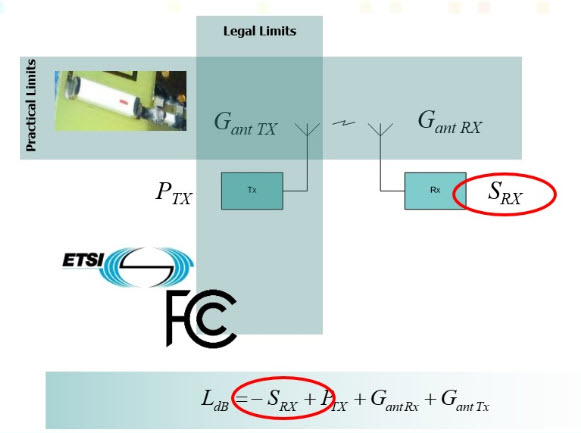There are a number of differentiators for LoRa® devices and the LoRaWAN® protocol that have helped in its widespread adoption, including long range connectivity, battery lifetime, security, network architecture, and network capacity. However, there is one particular feature that will drive LoRaWAN adoption for years to come. Technical challenges or limitations (range, capacity, battery lifetime, etc.) are no longer a barrier to Internet of Things (IoT) adoption. The remaining challenges of the IoT are system integration, digital transformation, return-on-investment (ROI), service level agreements (SLA), and ensuring interoperability across an ecosystem.
Tech Journal
Tags: LoRa, Internet of Things, LoRaWAN Deployment, LPWAN, Network flexibility, LoRaWAN Network
LoRaWAN® networks primarily use the Aloha method for communication between end devices and their associated network servers. Using the Aloha method, end devices send data through a gateway to the network server only when one or more of their sensors notice a particular change in their environment or when some other event is triggered, such as a timer expiring. After the end device sends the uplink, it “listens” for a message from the network one and two seconds after the uplink before going back to sleep.
Tags: LoRa Developers, LoRaWAN Academy, LoRaWAN, Gateway, LoRaWAN Architecture, LoRaWAN Network
How do we increase the range of a radio link? Here we look at the constraints at work when building a real-world long range radio link. We’ll show how and why LoRa Technology is the right choice for designing a radio link where range matters.
Long Range and Low Consumption in the Real World
How do we maximize the range of a low power radio link in a practical application? Assuming that we do not want to incur the hardware and recurring operating costs together with the high energy consumption of a Cellular solution, this means finding a solution in the license-free ISM band.
Tags: Wireless RF
Post by Topic
- LoRa (27)
- LoRaWAN (20)
- LoRa Developers (13)
- Internet of Things (9)
- Wireless RF (6)
- LoRa Cloud (3)
- LoRa Edge (3)
- LoRaWAN Deployment (3)
- Smart Homes (3)
- AWS (2)
- Amazon Sidewalk (2)
- Asset Tracking (2)
- Gateway (2)
- LPWAN (2)
- LoRaWAN Network (2)
- Smart Cities (2)
- Smart Homes & Buildings (2)
- Certification (1)
- EU (1)
- Fine Timestamp (1)
- Geolocation (1)
- LR1110 (1)
- LoRa Basics Modem-E (1)
- LoRa Testing (1)
- LoRaWAN Academy (1)
- LoRaWAN Architecture (1)
- LoRaWAN Network Server (1)
- Network flexibility (1)
- RF (1)
- Regional Parameters (1)
- Regulatory Compliance (1)
- Smart Buildings (1)
- Smart Utilities (1)
Recent Posts
Posts by Author
- Steven Hegenderfer (6)
- Katy Koenen (5)
- Tim Cooper (4)
- Rémi Demerlé (2)
- Roelof Koopmans (1)
- Martyn Stroeve (1)
- Sebastien Lebreton (1)
- Devesh Katta (1)
- Sree Durbha (1)
- Richard Fuller (1)
- Olivier Seller (1)
- Derek Hunt (1)
- Marianne Laurent (1)
- Devesh Katta & Tim Cooper (1)
- Patrick van Eijk (1)
- Byron BeMiller (1)
- Olivier Gimenez (1)
- Hardy Schmidbauer (1)
- Karthik Ranjan (1)
- Pedro Herrera (1)

